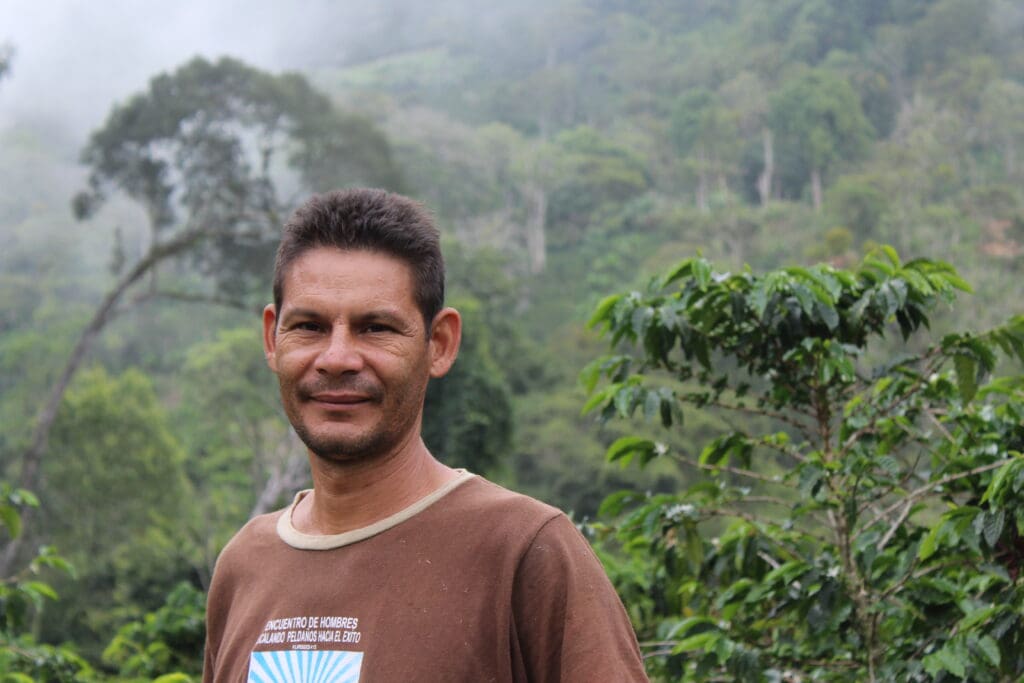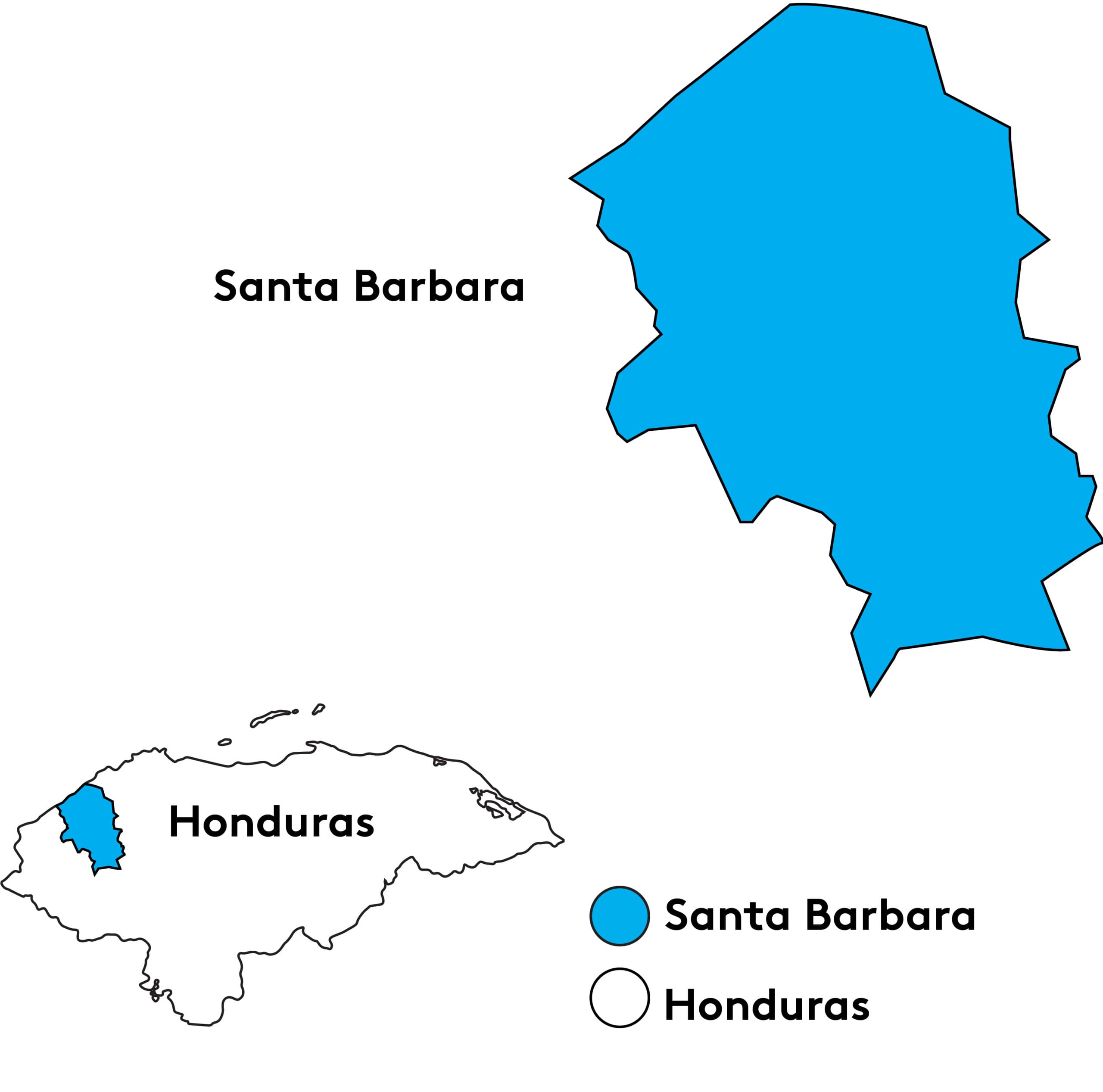Joel Guzman began his journey as a coffee producer accompanying his father, a successful coffee grower himself, to the farms from a young age. At age 18, his father entrusted him to manage his own section of the farm, beginning his career overseeing his own crops. Eventually, Joel struck out on his own, as he tells us, “In 1994, I had the opportunity to purchase my first farm, which was relatively small. Nevertheless, the joy of being able to work on my own land was immeasurable.”
For more than a decade he produced coffee in the traditional way until a new opportunity came to him and his farm. “In 2008, I was introduced to the concept of specialty coffee for the first time, thanks to the Cup of Excellence competition in Honduras and the support provided by the San Vicente mill, which encouraged some of our neighbors to participate,” he explains. “Gradually, we delved deeper into this world. Consequently, since 2011, I’ve had access to the specialty coffee market and produced my first micro-lot of coffee.”
“Ever since, I have been dedicated to working with specialty coffee, and I find great happiness in being a part of this industry while also providing support to my family.”
Joel’s Linda Vista farm is located in El Cielito, Santa Barbara, along with his wet mill and three parabolic solar dryers. He and his family strive to grow coffee with the least possible use of agrochemicals and fertilizers in an effort to protect local water sources and the surrounding forests which provide habitat to several species of birds and other wildlife.
This lot of Parainema coffee underwent Honey processing. Freshly harvested coffee cherries are pulped and the mucilage is left intact. The pulped coffee was then dried in parabolic solar dryers for approximately 20 days. Throughout the drying process the coffee is sorted by hand to remove defects.


